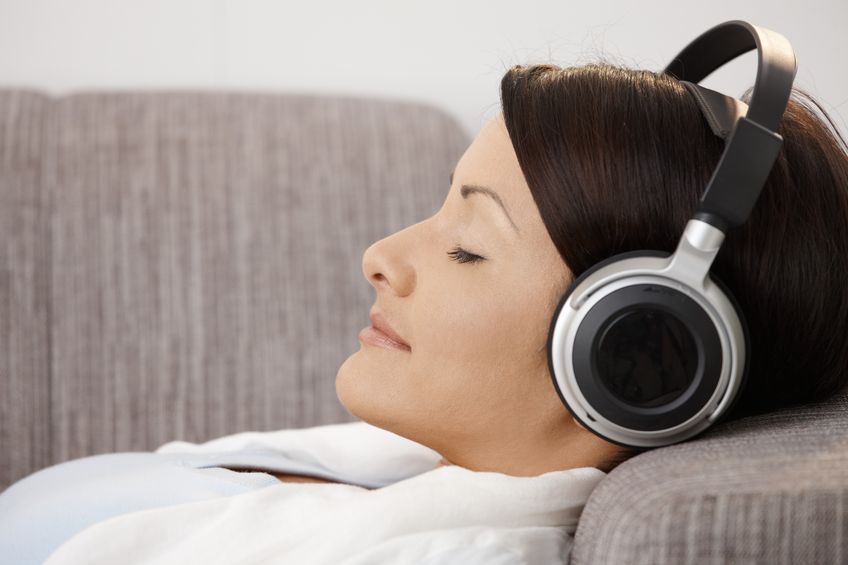The boardroom is the heart of strategic decision making in a room where discussion and collaboration propel companies toward success. Today, meetings can span across different platforms and geographical locations, which necessitate an appropriately-equipped room that can support efficient digital and in-person communication. In this article, you will learn about the key features of a modern boardroom that will ensure the highest level of collaboration and productive discussions.
The classic style of the boardroom, which features a large central table with chairs surrounding it, encourages direct communication between the participants and promotes equality. This is the layout of meetings that you’ve seen on films and sitcoms. It’s ideal for formal discussions requiring clear and authoritative voices as well as direct communication. This layout is also perfect for meetings that have remote participation, as it’s easy for participants to participate in virtual discussions while keeping each other informed on developments.
Another variation to the classic boardroom style is the hollow square layout for meetings. This design is reminiscent of classroom layouts however without the rows of desks and tables which separate participants. It’s perfect for smaller groups of 10 to 20 people because it allows the facilitator to move between the four tables easily to facilitate discussion or explain concepts to the group.
The U-shaped style meeting room can be able to accommodate up to 25 people. The layout is similar to the boardroom design but it also has a separate desk in the middle of the U shape that can act as a podium that can be used for speakers. This arrangement is ideal for meetings that are centered around workshops and presentations. It gives ample space for participants and speakers to interact.
